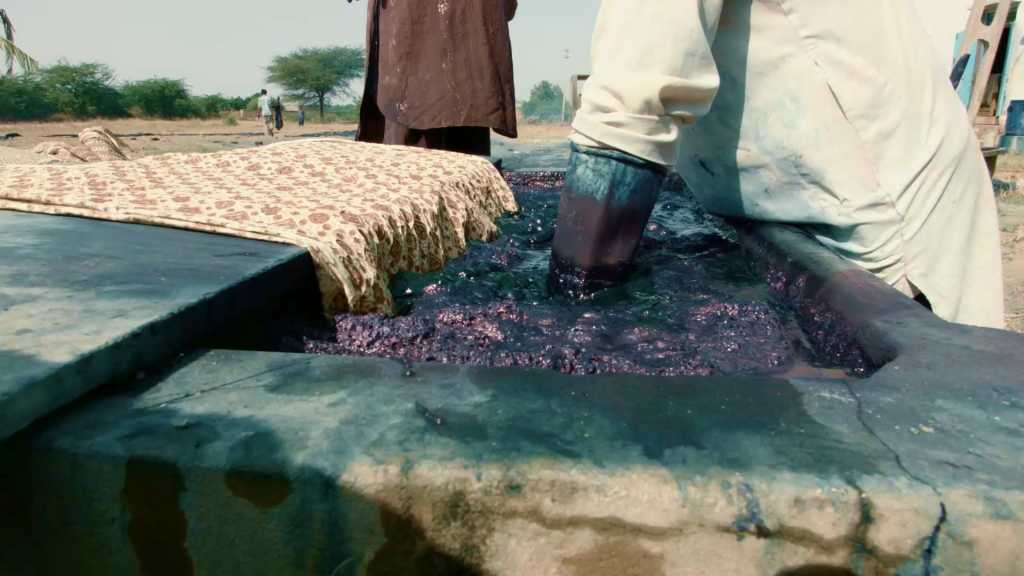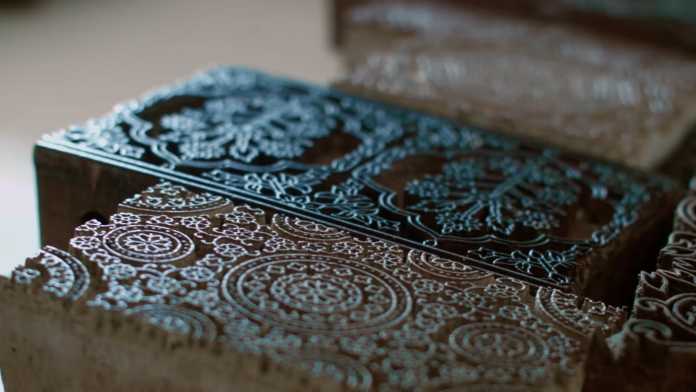We pride ourselves on the ability to churn out creativity in all forms, yet we’re found in a downward spiral when it comes to art and craft. Skilled artisans have taken a step back from the industry thanks to low wages, less than satisfactory working conditions and improper livelihood. Yet, little has been done to improve the reality of the situation.
India has millions of artisans to its name, and what is supposed to be the second largest sector of employment in India has seen a 30% dip to that number. These craftsmen have elevated India’s status on the international front, yet they’re struggling to make ends meet for their families, or even put food on the table. With fashion and glamour revolutionizing at the speed of light, it’s hard to retain the importance that these ancient crafts once held in our country’s pride and joy.
GetNatty an online platform for consumers to discover, interact and transact with upcoming fashion designers and showcase fresh talent has launched its very first social campaign to revive the crafts industry of India. The Vadodara based young startup is dedicated to helping upcoming fashion designers showcase their creative talent. They have initiated a nationwide movement to help improve the lives of artisans. The first step taken is to select a 16th-century traditional Ajrakh craft practiced by some 100 families of the Khatri community living in the villages of Ajrakhpur and Dhamada, in Kutch region of Gujarat, and create an Ajrakh fund to give them livelihood opportunities by collaborating them with upcoming designers.

The term “Ajrak”, may be derived from “Azrak”, meaning blue in Arabic, as blue happens to be one of the principal colours in Ajrak printing. The Ajrak is usually about 2.5 – 3 meters in length. The authentic Ajrak is printed on both sides by a method called resist printing. The printing is done by hand with hand-carved wooden blocks. Several different blocks are used to give the characteristic repeated patterning. Making the blocks is a considerable challenge since the pattern has to synchronize perfectly with the whole of the Ajrak as well as cover various areas against dye.
Ajrak printing is a long process involving 14-16 stages of printing. Washing of the fabric is done over and over again with various natural dyes and mordants such as harda, lime, alizarin, indigo, and even camel dung. The technique of resist printing allows exclusive absorption of a dye in the desired areas only and prevents absorption on the areas intended to be left uncolored. It takes 14-21 days to complete.
The startup realizes the importance of artisans and the craft industry and their impact on our economy and has decided to initiate a nationwide social movement that is targeted to spread awareness about them as well as create livelihood opportunities for Ajrakh Artisans. These artisans solely rely on this traditional craft to generate income and feed their families.
Every time an individual signs-up to their page, GetNatty will add Re.1 to the Ajrakh fund, as part of their ‘Redefine Fashion’ movement. Their target is to hit 30,000 sign-ups. The fund will be used to pay artisans to create an Ajrakh-inspired collection, in collaboration with upcoming designers. This collection will later be launched on Getnatty.com and the profits will go towards establishing a water recycling plant project initiated by the local artisan community.
If we all join forces, there’s no telling what could be done to revive one of the most integral parts of India’s economy. There are thousands of beautiful traditional art forms in the country, and if we don’t act soon, we may just witness the disappearance of these art forms completely!
Here is 2 minute video explaining the same:





























